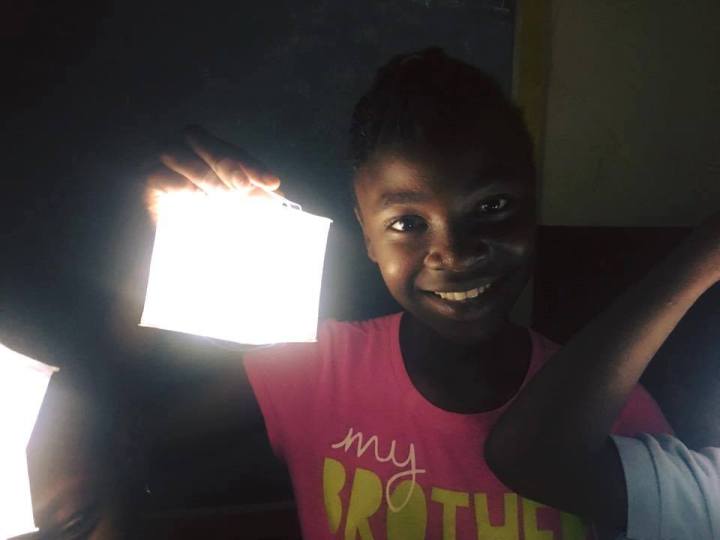
Invented by Alice Min Soo Chun, who is also the founder and CEO of Solight Design, the SolarPuff provides much-needed illumination to many Syrian refugees who must find their way to a new home, sometimes in the dead of night. NGO volunteers have been handing out these SolarPuffs to help refugees navigate uncertain environments and uncertain times.
“A lot of times the kids are suffering from trauma and they’re frightened, but when they’re handed the light, they perk up,” Chun told Fast Company. In particular, the origami design of the SolarPuff, which allows the light to pop into action, “gives [the children] a sense of wonder.” Thus far, Fast Company reports that the SolarPuff has helped to reduce camp crime, including child kidnappings and sex trafficking. In fact, over the last year, there has been a 20-percent decrease in sexual assault in refugee camps. Chun notes that much of this can be attributed to the presence of light, which discourages would-be attackers as it removes the cover of darkness.
The light itself can last for up to eight hours and only needs sunlight to recharge. The lamp also comes with various settings for different light needs (high or low) as well as a blinking option that can signal distress or scare off an animal.
The SolarPuff has actually been around since 2015, when Chun first brought the solar lamp to Kickstarter. The project raised $500,000 in 30 days from over 6,800 backers, and Chun has never looked back. Ultimately, the goal is to bring sustainable, eco-friendly light to all parts of the world. “Eventually I want to do a SolarPuff house that’s completely self-sustaining and off the grid and you’ll be able to sell your energy back to the grid,” Chun said. But for now, this pocketful of sunshine will do.
Editors' Recommendations
- EcoFlow launches Delta 2 Max solar generator for home emergencies and outdoor adventures
- How much money can you save with solar panels?
- Wyze Lamp Socket turns any dumb light bulb into a smart one
- NASA’s Voyager 2 sends first message back from the edge of the solar system
- What Bill Nye’s solar sail means for the future of space travel


